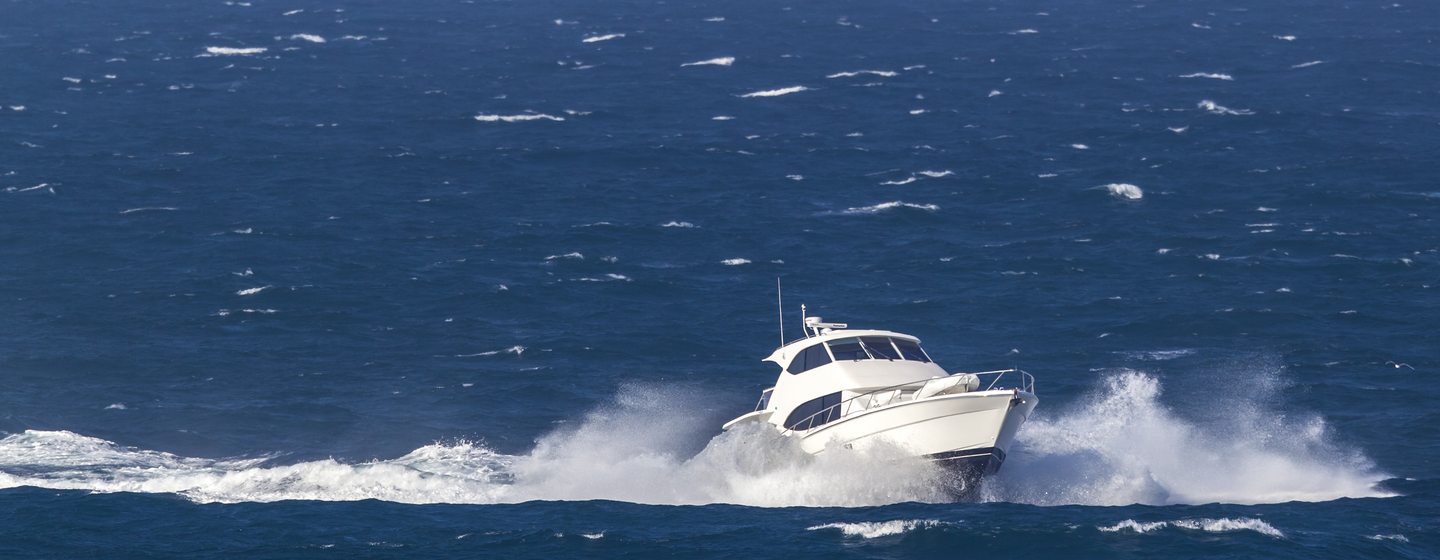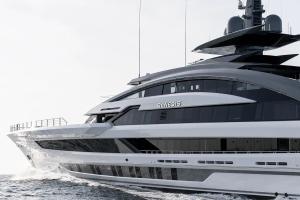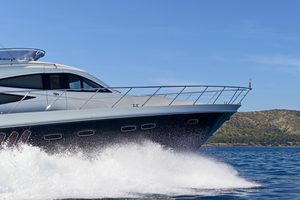Yacht stabilization systems help to smooth the onboard experience in most sea conditions, reducing roll and softening sway as the yacht is underway or at anchor.
With yacht stabilization systems increasing in sophistication, affordability, and availability on ever-smaller yachts, the technology has developed from being a superyacht luxury to a mainstream must-have that can make life onboard far more comfortable.
What Stabilizers Do and Don’t Do
Stabilizers of various types and designs react to the sea state around the yacht, with sensors monitoring wave movement and the yacht's motion. The corresponding stabilization focuses on reducing the roll, which is the lateral movement of the yacht on the front-to-back axis, though with little effect on the pitch, side-to-side movement, or yaw which is the rotation around the vertical axis.
Fortunately, roll is often the most extreme motion at sea and the most uncomfortable movement for those onboard, so reducing or stopping roll improves life onboard considerably. By stabilizing the lateral movement, the yacht’s ride will be more manageable for those onboard and for the vessel itself.
The Key Benefits of Stabilization
- Improved ride quality
- Improved performance
- Crew comfort and safety
- Marital harmony
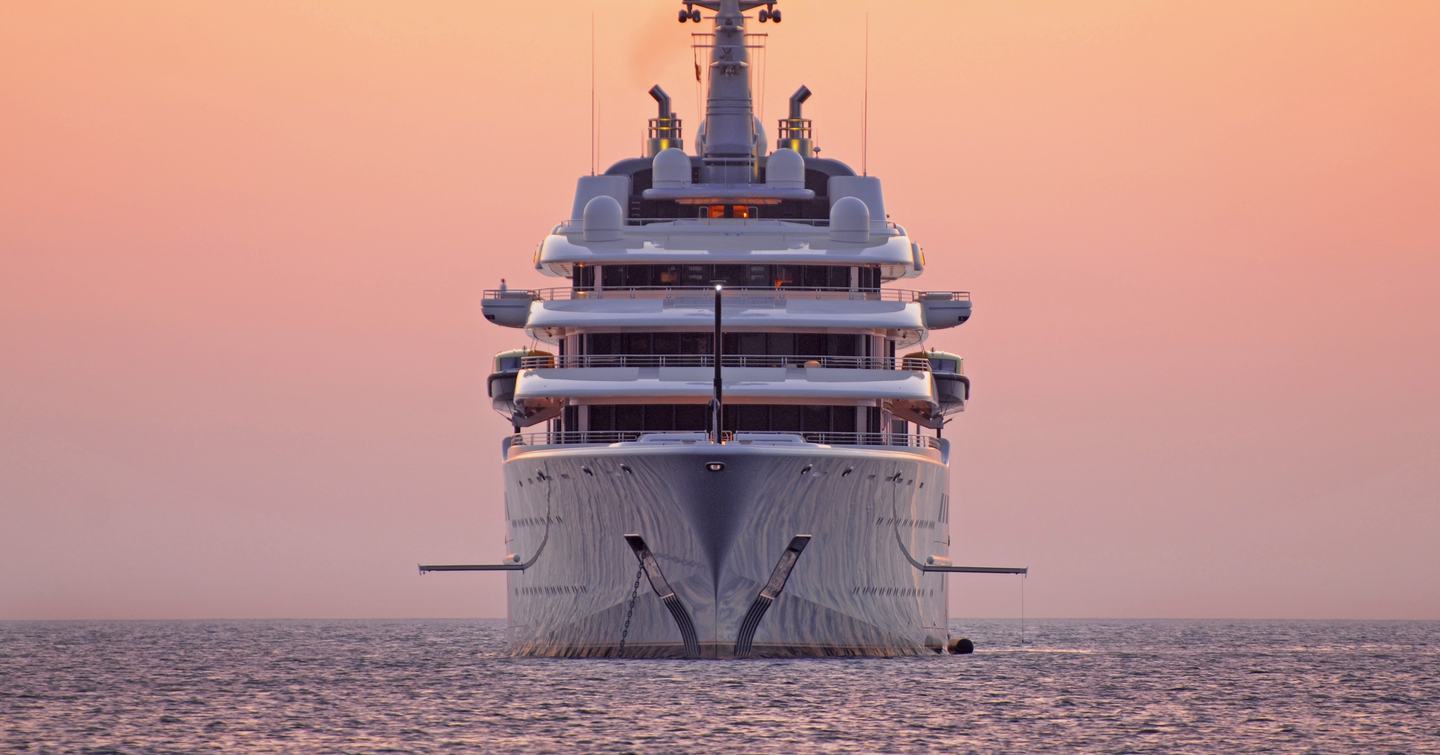
Life Onboard
Improving a yacht’s quality of ride, keeping the hull level as it moves through the water, will keep everyone and everything on board happy. There is a straightforward side to this, a stable, level, ride makes moving around a yacht safer and more enjoyable for those onboard, whilst the need to stow everything away before a voyage (although still good practice) becomes less critical.
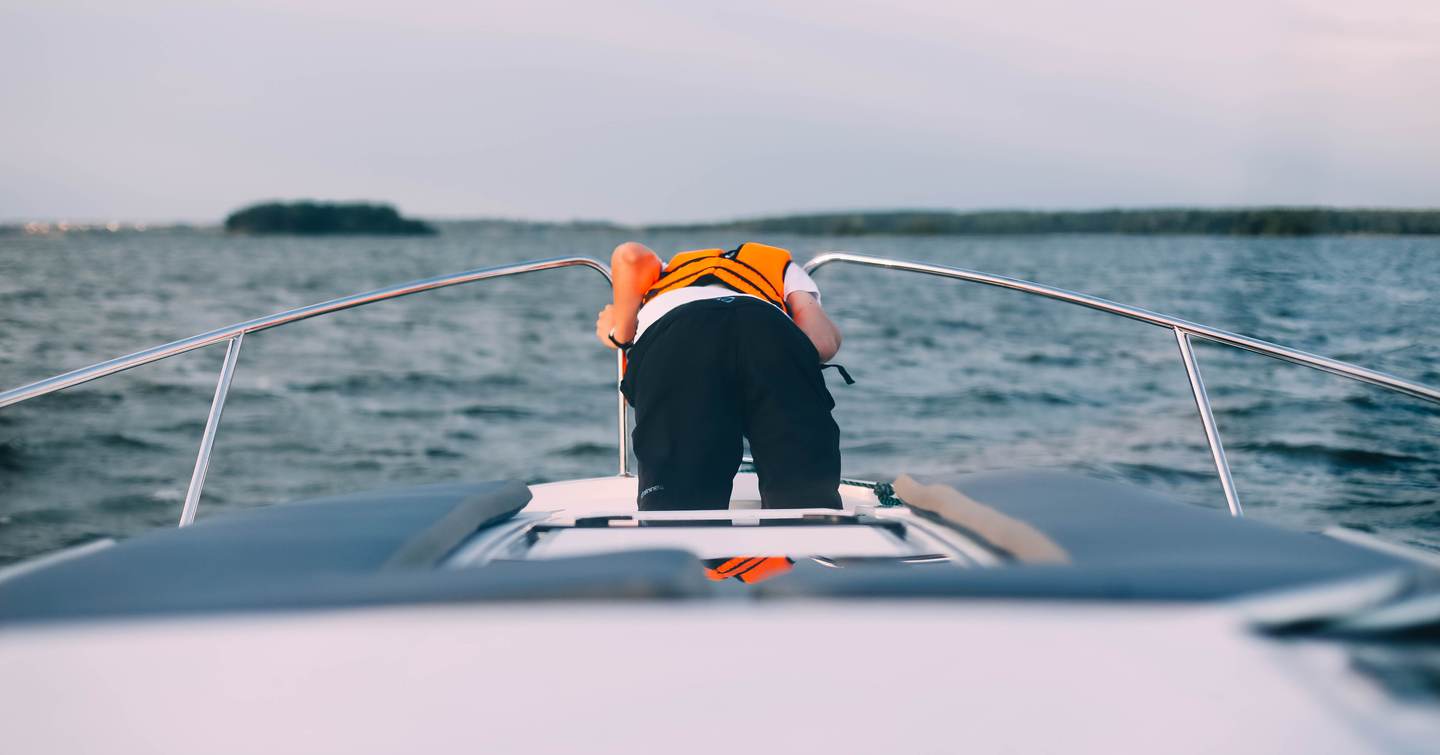
There are more serious and humane benefits on offer here too. Anyone who has experienced seasickness knows it is an awful affliction and potentially a voyage-ruining affair.
If a family member, or worse, a spouse, becomes seasick they can hardly be blamed for being reluctant to share in your new hobby. Something that changes the dynamic from voyage to relationship ruining. Check the listings on the yacht sales pages and ‘change of plans’ is often code for ‘my partner got seasick’.
Performance Enhancer
Improved fuel efficiency is probably not a benefit that comes to mind when thinking about stabilization, but a level hull running at its intended design angles and degrees will return far better performance than one being pushed around and running at 25 degrees off its keel line.
For short cruises, any gains in efficiency will be negligible, the main benefit being quality of life onboard, but for longer passages, where hours will be spent at sea, stabilizers will have a positive effect on fuel use.
Can Stabilizers Work at Higher Speeds?
Whilst stabilizers were primarily designed to work on displacement yachts running at slow speeds, (after all, if it is calm enough to be going fast you probably won’t need stabilizers), modern systems, including gyros and fins, can offer efficient high-speed control.
Stabilizer Systems
While advancements in technology and engineering continue to shape the stabilizer market, its design fundamentally revolves around two main forms of stabilizer design.
Gyros utilize an internal system with a spinning wheel generating torque for stability, while the other employs external fins, or similar elements, to physically counteract roll by pushing through the water.
Gyroscopic Stabilizers
A gyroscopic stabilizer works by utilizing the principle of angular momentum. The spinning flywheel, the gyroscope, is mounted within a frame on a vessel, low down in the hull, and usually in the engine bay. The requirement of the positioning is a restricting factor to retrofitting stabilizers into older yachts.
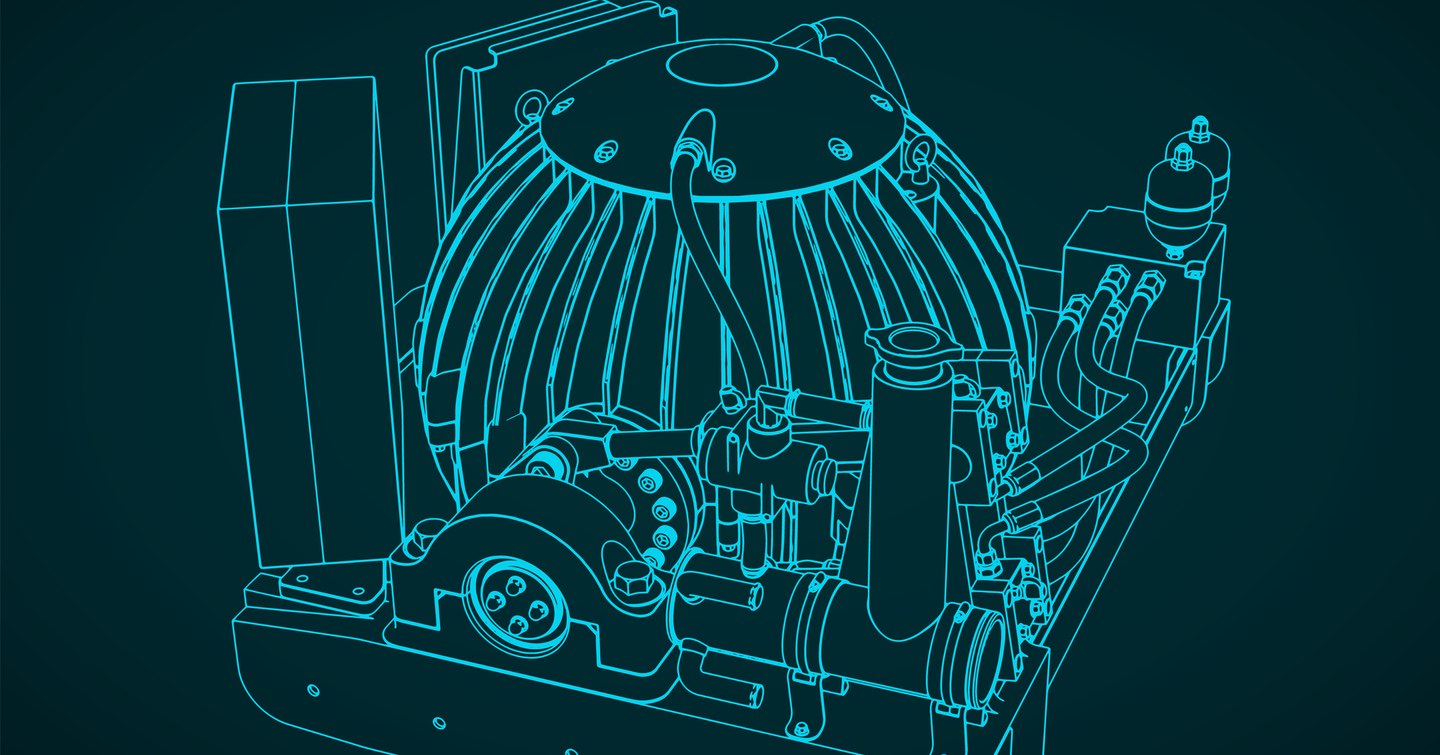
An internal electronic sensor detects the sea state and adjusts the speed of the gyro, and effectively its torque. As the flywheel spins at incredibly high rates (above 500mph), it wants to maintain its orientation, so as the boat moves, the gyro tilts, creating a level of torque that effectively pulls the yacht out of its roll, and depending on the severity of the sea conditions, nullifies or reduces the effect of the yacht’s lateral motion.
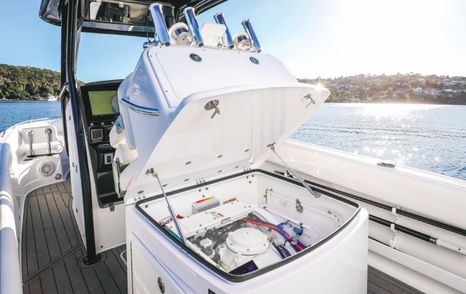

Gyro Stabilization and Yacht Size
Depending on the size of the yacht, multiple gyros may have to be fitted. For larger vessels, it is quite usual for several gyros to be required with each unit weighing anywhere between 600kg and 1,500kg. Compared to the overall weight of the yacht this will be a negligible addition.
The technology is also being made available for smaller vessels with units weighing under 200kg, suitable for yachts under 10m (33ft).
Zero Speed
An important facet of the gyro is the ability to offer zero-speed stabilization, meaning you can be at anchor and negate any roll. Some systems claim that they can reduce roll by up to 90%.
Fin Stabilizers
The traditional technique for stabilizing boats is to use fins. This system has been around for decades but has also evolved greatly in recent times, offering zero speed as well as improved stabilization underway.
Fins are set to each side of the hull, under the waterline, and within the hull envelope; the area of water directly under the hull if lines from a boat’s keel and gunwale were drawn to form right angles.
An electronic motion sensor detects the sea state and commands the fins to rotate accordingly, counteracting the force of the waves and steadying the hull.
Fins can reduce roll by up to 90% when underway, although this will depend massively on the sea conditions. More recent fin systems can also deliver zero-speed stabilization with around a 70% reduction in roll quoted.

New Efficiency
Traditionally, fins created more drag and so had a negative effect on performance and fuel consumption. Modern fins offer far less resistance, with some manufacturers claiming zero loss of speed and so no additional fuel burn.
Unlike gyro systems, fins offer increased stability as yacht speed increases and, more importantly, can be retrofitted easily, making fins a good choice for buyers of used yachts.

